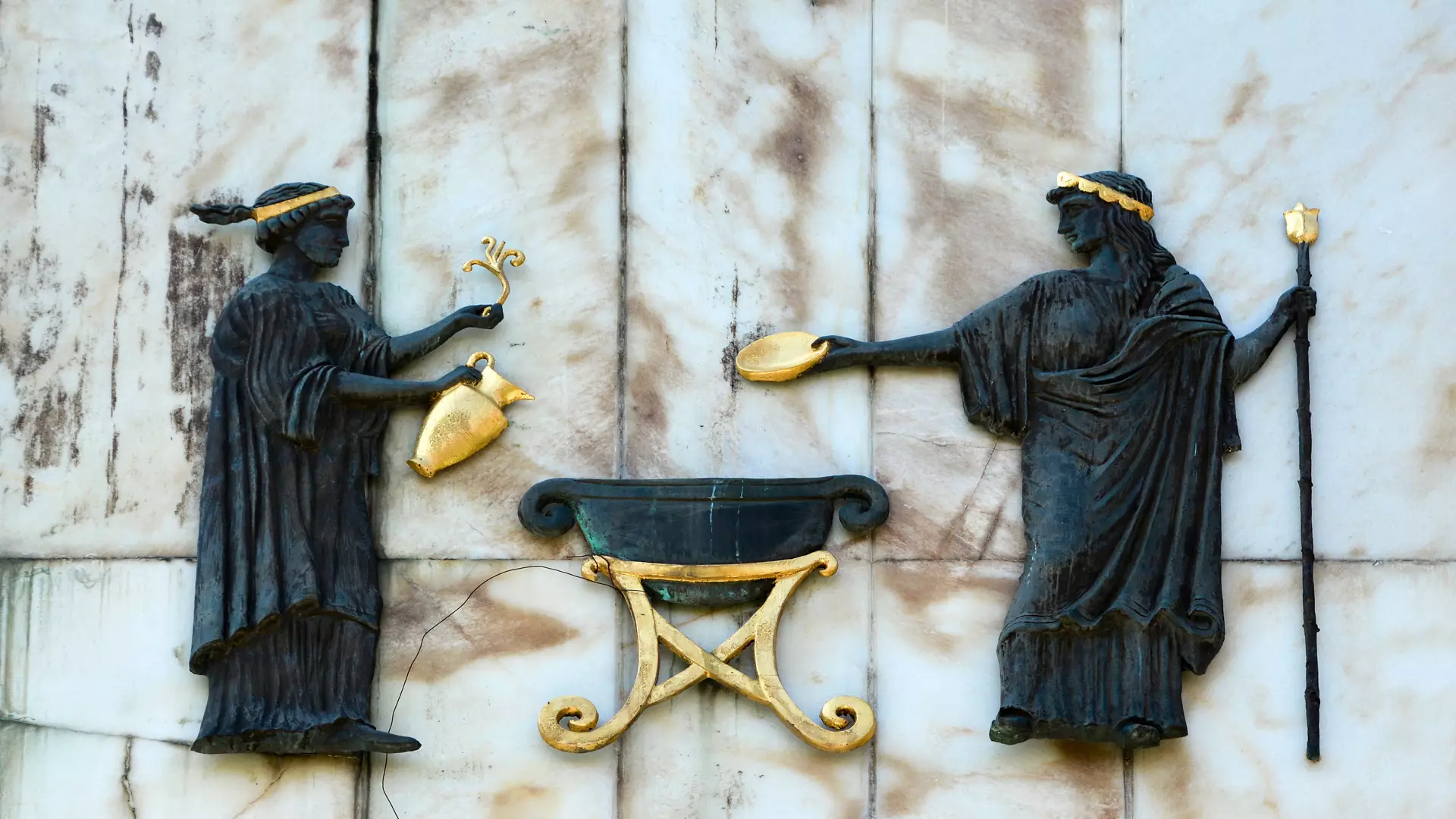Georgia - Country of the "Golden Fleece"
According to legend, along with winemaking, tourism was also well-developed in ancient times, with the first such people to set foot on the soil of this "golden country" being the Argonauts led by Jason. However, as the myths attest, the visitors came for more than recreation.
Knowledge, just like gold, is wealth. If you are lucky enough to have both, you are indeed blessed. The Argonauts' ship arrived on the ancient Black Sea shore of Colchis precisely in pursuit of these two prized resources: knowledge and gold. This tale is extensively detailed in Greek mythology. The "Golden Fleece" was supposed to be the primary target of the Argonauts when they arrived in Colchis at Jason's command. They were supposed to bring it back to their homeland. However, along with gold, they also took Medea, the daughter of the legendary king of ancient Colchis. Although no-one can be precisely aware of the circumstances surrounding Medea's departure from Colchis with the Argonauts, the myth paints a pretty bleak image of the events that unfolded.
“The land bursting with gold“

It was really all about the Golden Fleece. The Argonauts raided this “land bursting with gold” and fled back home with the "Golden Fleece" from a magical golden ram that brought them to Colchis in the first place.
Culture was highly developed at the time as proven by archeological findings on the territory of what is western Georgia today, indicating that the mythical land of Colchis was indeed located here. The permanent exhibition of the National Museum of Georgia titled "Archaeological Treasures" explains why Greek and Roman authors described Colchis as "bursting with gold" and why Georgia is still known as the "Land of the Golden Fleece."
One of the most striking exhibits of this display is a turtle necklace dating back to the middle of the 5th century BCE. According to scientists, it is not only distinctive for its pattern made with granulation and filigree technique, but it is also unique because of the zoomorphic face presented on it.
Except for the Vani necklace, there are no turtle images among the known specimens of ancient goldsmithing. The stylistic similarity between pendants and other examples of Colchis goldsmithing, according to experts, serves as the primary indicator of the necklace's local origin. Scientists were also well aware that the type of land turtle shown on the necklace was an inhabitant of Colchis.
Ancient Georgian gold jewelry

Various archeological materials discovered in different regions of the nation attest to the long history of precious metals, artistic gold processing, and jewelry art in Georgia. Indeed, this is constantly being researched in international scientific communities.
Many artifacts have clearly demonstrated that copper was a well-known material on the territory of Georgia in the 3rd millennium BCE, and the same goes for bronze. From that period on, Georgians used various precious metals, including silver and gold.
In one of the hill tombs in the Alazani Valley in Kakheti, archaeologists also found a small golden lion statue belonging to the Trialeti period. It dates back to the 23rd century BCE and is delicately decorated with relief ornaments.
Furthermore, as a result of excavations of Trialeti burial sites, a unique golden cup decorated with sardius was found. This sample belongs to the 19th-17th centuries BCE. The gold-plated bowl is double-walled, with a hollow stand and beautiful stones like black amber, sardius, and lapis lazuli.
A golden necklace made in the 19th-10th centuries BCE, furnished with thin-plate agate and sardius, was also found in the tombs of Tsalka.
At Vani archeological site, along with various gold articles, the helmets of Kolkhi women were found, which date back to the 4th century BCE. Even today, one can’t help but marvel at the techniques with which they were made.
Gold bracelets have also been found here, on which the heads of turs are engraved. These date back to the 5th-4th centuries BCE.
Artifacts found in tombs on the territory of Georgia confirm that Colchis is not just a myth. It was a country abundant with gold. Ultimately, Georgian culture is an integral part of Western civilization, with the cultural identity of modern Georgia largely based on the Kingdom of Colchis.
Cookie Policy
